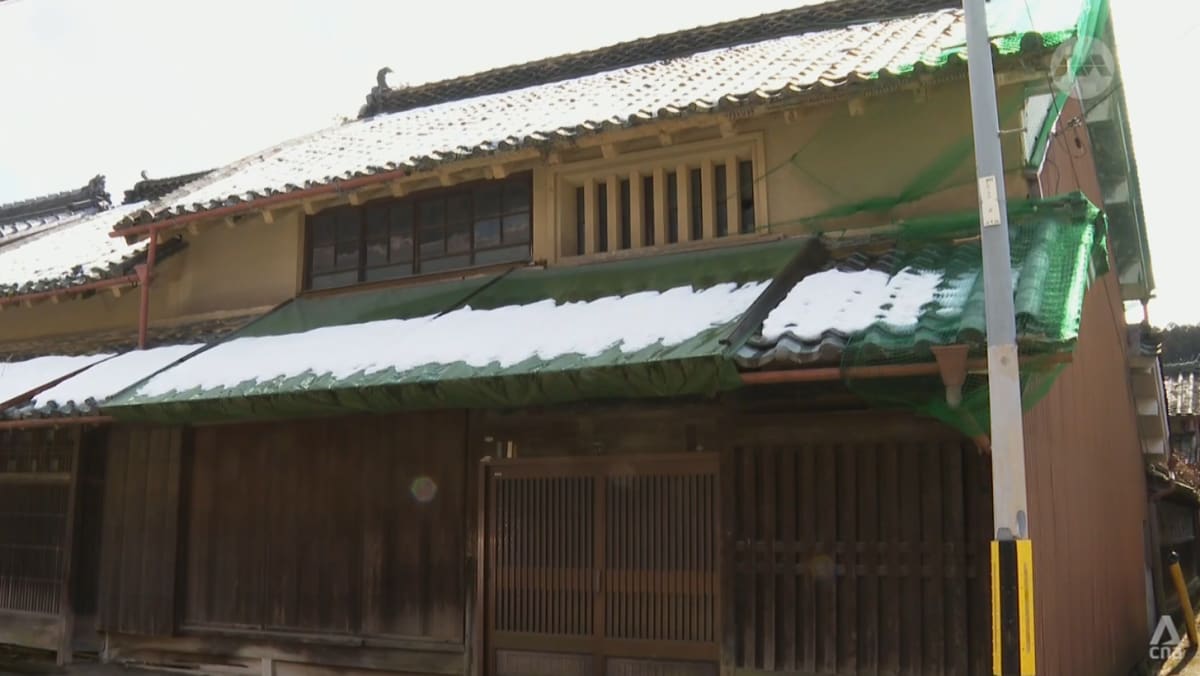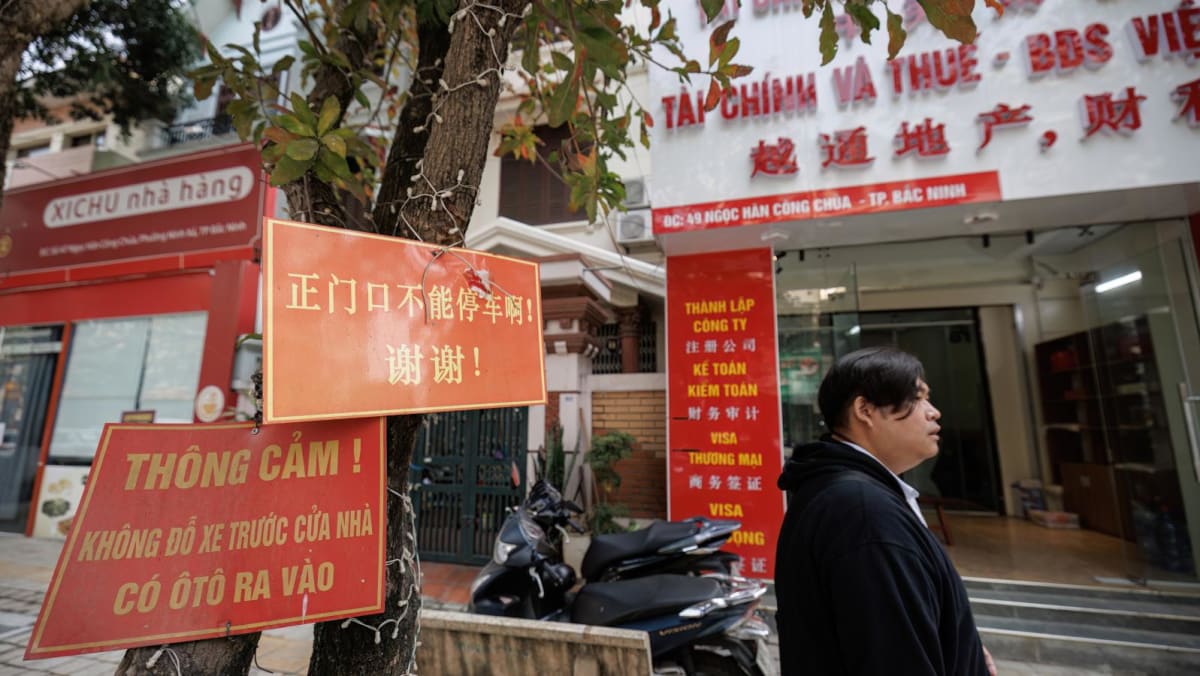Commentary: Will a rare strike threaten the ‘buy Japan’ moment?

LABOUR STRIKES RARE IN MODERN JAPAN
The rage of the retailers is real. Customers hoping to visit the Seibu Sogo flagship in Tokyo’s Ikebukuro on Aug 31, possibly for its autumn Journey of Beauty Maquia Fair, can forget it: The workers’ white gloves, silk scarves and pocket squares will be downed, and the mighty store plunged into darkness.
The planned one-day stoppage, by around 900 workers in just one of the Sogo & Seibu chain’s 10 stores, may look puny in comparison with the global industrial actions this year by nurses, teachers, transport workers and even Hollywood screenwriters.
But it stands out for its rarity.
At Japan’s peak bolshiness in 1974, when the country was gripped by an oil price-driven cost of living crisis, there were 5,197 strikes that lasted more than half a day. By 1993 there were 251. In 2022 there were 33.
That decline, in all its starkness, demands its own analysis. For many workers in Japan, the past three decades have provided what might, in other eras or in other countries, have seemed ample ammunition for labour disputes.
A bruising assault of restructurings, lay-offs, systemically enforced overwork, unpaid overtime and long stagnant wages might appear powerful propellants of industrial action. But they have largely failed to trigger the sort of collective anger or panic that would cancel trains or halt a production lines.
Source: CNA















